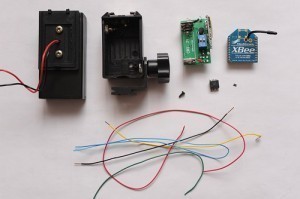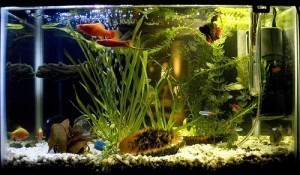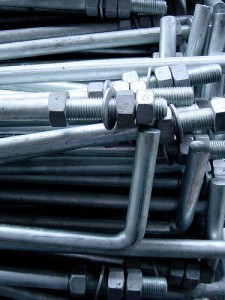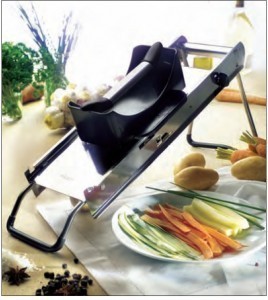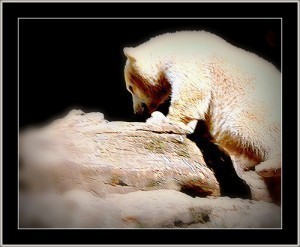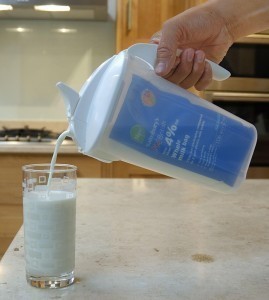Grouper Sizes
The size of the grouper differs among the many species. 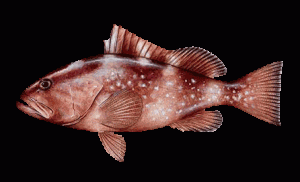 One of the biggest is the black grouper (Mycteroperca bonaci). The fish can reach 150 cm in length and weigh 100 kg. The biggest grouper captured weighs 396 lbs. There are reports of groupers that measure 1.8 m.
One of the biggest is the black grouper (Mycteroperca bonaci). The fish can reach 150 cm in length and weigh 100 kg. The biggest grouper captured weighs 396 lbs. There are reports of groupers that measure 1.8 m.
Classification
The grouper refers to several genera in the Epinephelinae subfamily in the Serranidae family. They belong to the Perciformes order. It should be stressed that the term grouper is not applicable to every serranid, as the sea bass is included here.
As a general rule, grouper is applied mainly to the Mycteroperca and Epinephelus. The other species that are also called groupers include the Triso, Saloptia, Gracila, Dermatolepis, Cromileptes and Anyperidon species.
The Plectropomus species are called coral groupers and are different. Because these are all different species, the size of the grouper can differ significantly in some cases.
Origin of the Name
The name is derived from the Portuguese word garoupa which means fish. In parts of Australia groper is utilized instead. The species is known as lapu-lapu in the Philippines. The word groper in New Zealand denotes a wreckfish. The fish is called hammour in many Arab countries.
Physical Characteristics
The fish has a large mouth and a heavy body. Their large size means the fish is unable to swim to great lengths. Unlike other fish, the grouper swallows its prey whole.
The grouper does not have lots of teeth by their jaws. However, they do have large tooth plates within the pharynx. This feature is present in all the species, whatever the size of the grouper is.
Diet
The fish feeds on lobsters, crabs, octopus and various kinds of fish. Majority of groupers like to ambush their prey rather than go after them. The gills and the mouth combine for a potent sucking mechanism. This allows the grouper to siphon their prey even if they are far away.
Their mouth can also be used for sand digging, which they do to create shelter. The fish can attach themselves to their shelter if there is a threat. The fish usually doesn’t mix with other types, but the roving coral groupers (Plectropomus pessuliferus) are known to hunt for prey with giant morays.
Reproduction
Many grouper species spawn around May. Most of the young groupers are female. But as they get older they turn into males. It has been estimated they gain a kilogram annually.
They usually change to a male when they reach weights of 10 to 12 kg. Typical males have 3 to 15 female partners per area. The males are larger than the females and much more aggressive.
As Food
The grouper is usually sold alive unlike other fish. Some of the fish are contained in aquaria. However, the fish do tend to get big quickly even among the smaller types.
Not only will the size of the grouper differ among the specs, but so
will their swimming habits. The black grouper, for example, swims to depths of 33 m, but others don’t.
